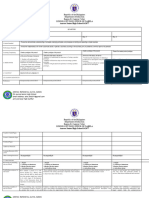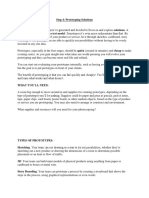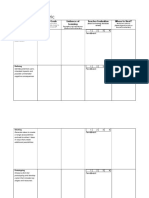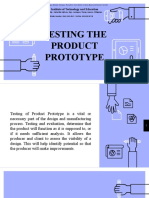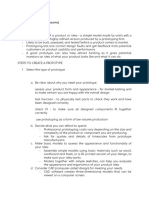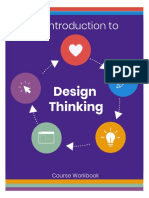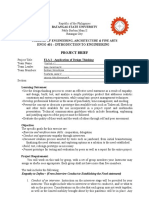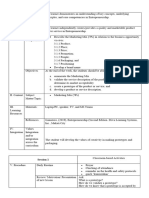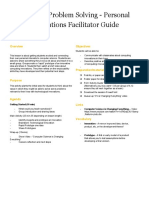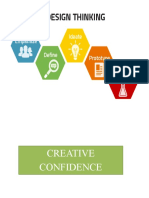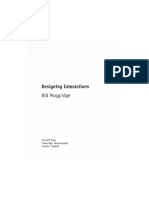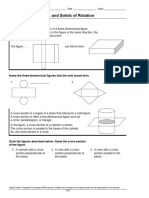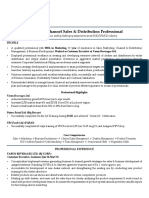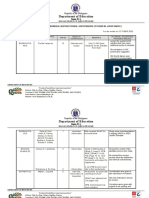0% found this document useful (0 votes)
7 views11 pagesTesting A Prototype
This document is a detailed lesson plan for a TLE - Entrepreneurship class at Guinsorongan National High School, focusing on testing product prototypes. The lesson aims to help students understand the importance of prototyping, gather feedback, and apply best practices in their business projects. It includes objectives, learning resources, teaching procedures, and assessment methods to evaluate student understanding.
Uploaded by
Randy ParienteCopyright
© © All Rights Reserved
We take content rights seriously. If you suspect this is your content, claim it here.
Available Formats
Download as DOCX, PDF, TXT or read online on Scribd
0% found this document useful (0 votes)
7 views11 pagesTesting A Prototype
This document is a detailed lesson plan for a TLE - Entrepreneurship class at Guinsorongan National High School, focusing on testing product prototypes. The lesson aims to help students understand the importance of prototyping, gather feedback, and apply best practices in their business projects. It includes objectives, learning resources, teaching procedures, and assessment methods to evaluate student understanding.
Uploaded by
Randy ParienteCopyright
© © All Rights Reserved
We take content rights seriously. If you suspect this is your content, claim it here.
Available Formats
Download as DOCX, PDF, TXT or read online on Scribd
/ 11







